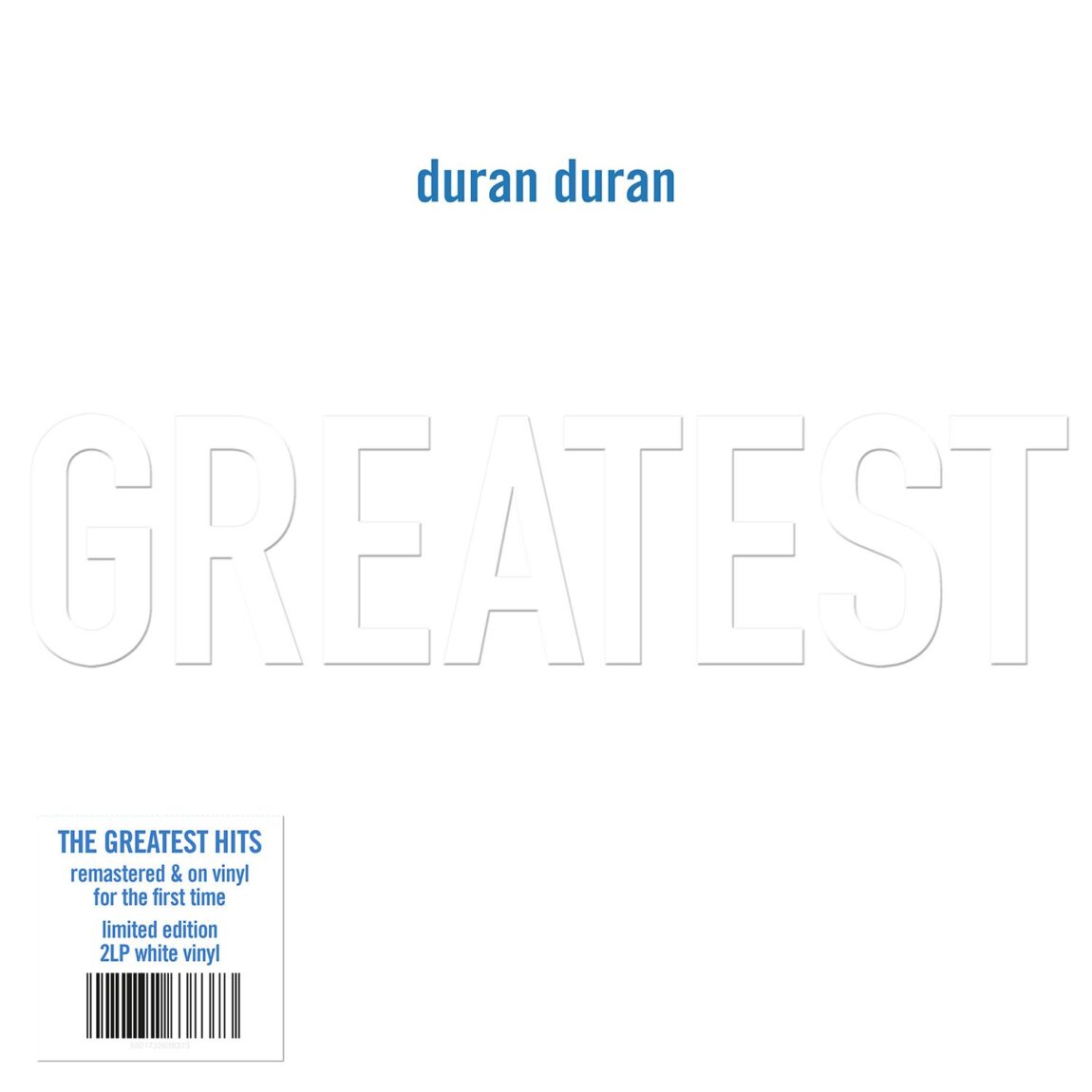Duran Duran rediscovers its musical roots
Group regroups for 'Astronaut' after 20-year break
By MICHAEL D. CLARK
Copyright 2004 Houston Chronicle
When the original lineup of Duran Duran decided to regroup and record a new album, Astronaut, guitarist Andy Taylor's primary worry was that one of his old mates might no longer be playing with a full deck.
RICHARD HAUGHTON
Duran Duran's Astronaut plays like a follow-up to the group's last studio album, 1983's Seven and the Ragged Tiger.
"I was concerned that someone would walk into the studio and say, 'Hey, I'm playing only jazz now,' or 'I'm playing the sitar,' " says Taylor. "Then what do you do?"
Taylor had reason to be concerned. After all, the original Duran Duran hasn't had all of its core members in the same studio in 18 years and hasn't made a full-length record in more than 20. Nevertheless, the members of Duran Duran decided, now in their 40s, that it's time to woo a new generation of teenagers and rekindle the allegiance of fans who fell for the MTV-friendly group in its '80s heyday.
Taylor's worries might have been fueled by the fact that the original five members Taylor, singer Simon LeBon, keyboardist Nick Rhodes, bassist John Taylor and drummer Roger Taylor (none of the Taylors are related) didn't just dissolve in a pile of drug abuse and acrimony after three albums. They actually split into two competing (and short-lived) groups: Arcadia and the Power Station.
Further, despite an exodus of Taylors, the name Duran Duran was kept afloat through the '90s and the turn of the millennium, anchored mainly by LeBon and Rhodes, as well as an occasional hit single like Ordinary World and Come Undone to offset inconsistent albums like Liberty (1990) and Pop Trash (2000).
Duran Duran got back together for a well-received reunion tour last year and recorded Astronaut (due in stores today). The egos and excess that broke them up were gone, while the musical parallels that originally brought them together resurfaced.
"I think there are two things that are positive and that we still have in common," says Taylor. "First, we didn't slug it out as everyone assumes. Also, it was never a 'When hell freezes over, these people will play together again.' "
"Basically we were young enough to (mess) it up and (then) put it back together."
Rather than compete with the past, Duran Duran could have tried to reinvent its sound and chalk it up to being older and more mature. But they didn't. Sneak peaks at new songs like What Happens Tomorrow and Beautiful Colors (which didn't end up on Astronaut) at last year's reunion shows suggested they were eager to recapture the past magic. If anything, Astronaut plays like the proper follow-up to the group's last studio album together, 1983's Seven and the Ragged Tiger.
First single (Reach Up for the) Sunrise, as well as Want You More! and Taste the Summer, suggest a return to the catchy keyboard hooks Rhodes seems to hatch at will. LeBon still has that unique ability to sound authoritative even as he sits on the brink of breaking down completely on What Happens Tomorrow and One of Those Days.
Lyrically, songs on Astronaut are no more complex or sensical than anything from Duran Duran, Rio or Ragged Tiger. It's the smooth flirtation and ballad equivalent of bedroom eyes that make Still Breathing and Want You More! dirty fun.
If the new Duran Duran had no reservations about sounding like glossy, original Duran Duran, the same should be said of Astronaut's all-star cast of producers, including Don Gilmore, Dallas Austin and Nile Rodgers.
Latecomers who found Duran Duran during their guitar-oriented '90s era may be confused, but the loyalists should love it.
"It's the fourth true Duran Duran album," says Taylor. "There's just been a bloody long gap in between."
Courtesy Houston Chronicle
